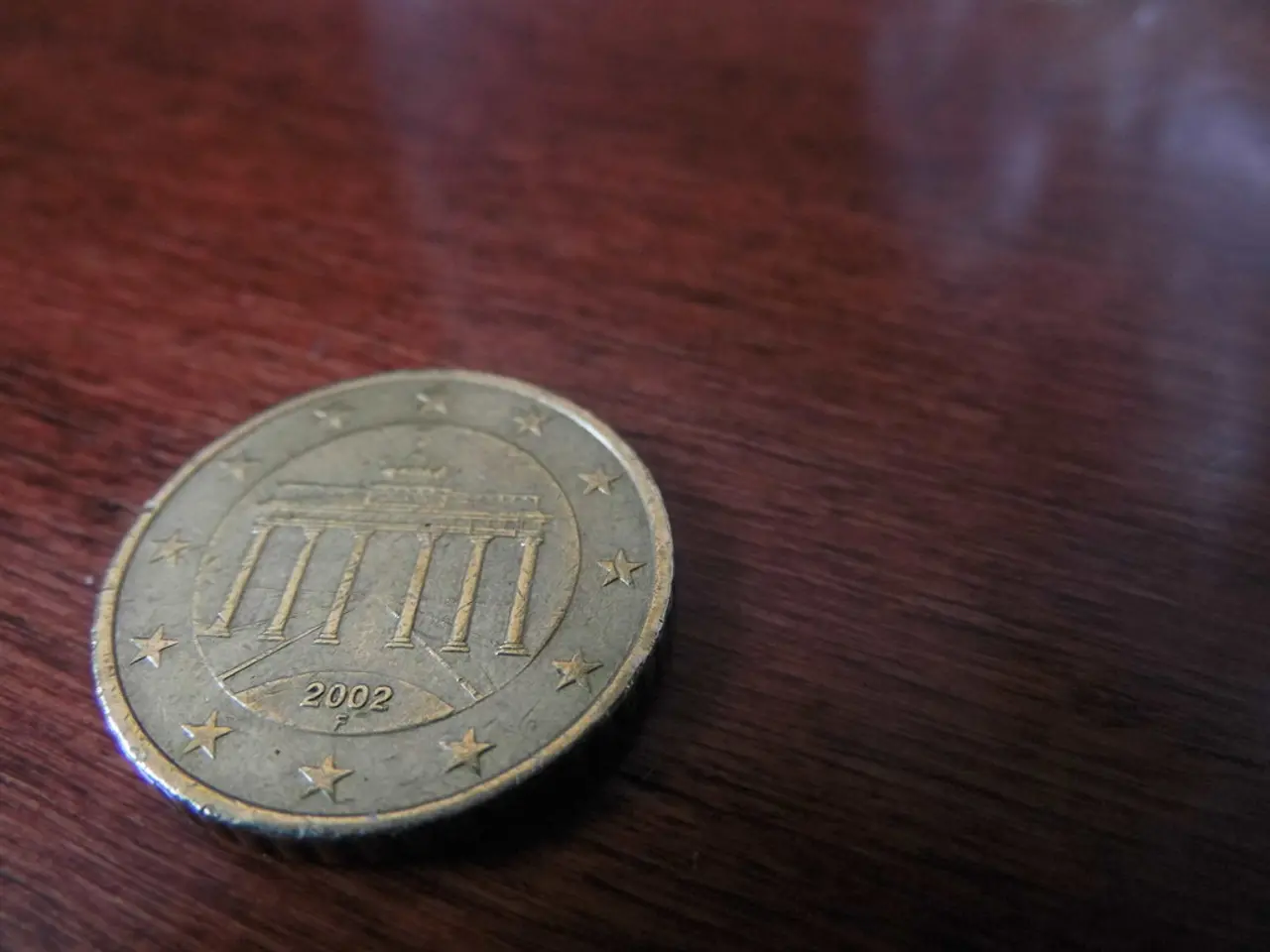Burning and Minting Equilibrium in Blockchain: A Comprehension of Asset Dynamics
Blockchain products are increasingly adopting the Burn-and-Mint Equilibrium (BME) model to regulate supply, maintain stability, and incentivize users. This model balances token burning (removing tokens from circulation) and minting (creating new tokens) to achieve various goals.
Notable Implementations
Ethereum (ETH)
Ethereum employs BME elements notably with EIP-1559, which burns a portion of transaction fees, and Ethereum 2.0 introduces minting through validator rewards in its Proof-of-Stake system.
Binance Coin (BNB)
Binance Coin uses quarterly burns of tokens from quarterly profits to reduce supply, while also minting new tokens for ecosystem incentives such as project launches and user rewards.
Terra (LUNA)
Terra implements a classic BME mechanism to maintain its stablecoin TerraUSD (UST) peg by burning LUNA to mint UST and vice versa, providing supply flexibility to sustain price stability.
Uniswap (UNI)
Though not automatic, Uniswap utilizes community governance for burn and mint decisions to adjust supply in response to ecosystem needs.
Ripple (XRP)
Ripple burns a small portion of XRP as transaction fees to limit spam and control supply growth, indirectly balancing token availability.
Manifest Network
Manifest Network, based on the BME model, uses a dual asset token economy designed to balance network operation costs by burning and minting tokens dynamically.
Advantages of BME Implementations
- Supply Control: Burning tokens reduces total supply, potentially increasing scarcity and value, while minting supports necessary liquidity and ecosystem growth.
- Price Stability: Models like Terra’s help stabilize stablecoins by balancing supply dynamically.
- Incentives Alignment: Minting rewards validators, users, or projects encouraging network participation and security.
- Spam Prevention: Burning transaction fees (e.g., XRP, ETH) discourages network congestion and type of attacks.
Disadvantages
- Complexity: Balancing burn and mint rates requires careful economic design to avoid supply shocks or inflation.
- Governance Dependency: Systems like Uniswap depend on community proposals, which may slow responsiveness or create centralization risks.
- Speculative Risks: Token burns can artificially inflate price temporarily, risking volatility.
- Technical Challenges: Implementing dynamic minting/burning securely demands robust smart contracts and monitoring.
In addition to the aforementioned implementations, the BME approach is also used in blockchain systems like Skriptarnica, CHR, and Helium. These platforms use BME to handle network use patterns, minimize potential exploitation by attackers, and ensure a more secure and efficient blockchain network.
Helium, for instance, is a decentralized open-source wireless blockchain system that uses the BME method. The Helium Token (HNT) is the Helium network's official cryptocurrency, and the Data Credit (DC) is generated by burning HNT.
In Factom, users burn Factom tokens to utilize the program, and the protocol generates 73,000 additional tokens monthly, distributed among validators. This approach results in a more secure network, as almost all blocks are consistently verified, eliminating the need to wait for a new block to confirm transactions.
In summary, the BME model offers a powerful tool for blockchain products to regulate supply, maintain stability, and incentivize users. However, it also presents challenges in terms of complexity, governance, speculative risks, and technical challenges that need to be carefully addressed.
Cryptocurrencies like Ethereum (ETH) and Binance Coin (BNB) have implemented the Burn-and-Mint Equilibrium (BME) model, utilizing technology to burn transaction fees and create new tokens as rewards. Terra (LUNA) maintains its TerraUSD (UST) stablecoin through BME by burning LUNA to mint UST and vice versa.
The technology underlying BME allows for price stability by balancing supply dynamically, while also offering incentives for network participation by minting tokens for ecosystem growth and validator rewards. Moreover, it helps prevent spam and control supply growth, as seen in the XRP burn and ETH transaction fee burning.




